The world of motorsport engineering thrives on razor-thin margins where temporary power boosts can rewrite race outcomes in seconds. Formula E's unique Attack Mode mechanic—a 30kW power increase activated by driving through designated track zones—has evolved into one of the most tactically nuanced elements in modern racing. Unlike traditional overtaking aids, this system doesn't just reward bravery but demands chess-like strategic foresight from teams.
The Genesis of Controlled Chaos
When the FIA first introduced Attack Mode in 2018, critics dismissed it as a gimmick. Yet five seasons later, the 30kW boost (equivalent to roughly 40hp) has become a pivotal differentiator. The temporary power advantage lasts between 4-8 minutes depending on circuit characteristics, creating windows where drivers must balance aggression with energy conservation. What makes this system profound is its mandatory activation requirement—drivers must trigger Attack Mode twice per race by deviating from the racing line to hit activation zones, typically located in low-grip or technically challenging sections.
Energy Management as Psychological Warfare
Teams approach Attack Mode deployment with vastly different philosophies. Some, like Jaguar TCS Racing, prioritize early activation to pressure competitors into reactive strategies. Others, such as Porsche Formula E Team, deliberately delay deployment to create late-race pace advantages. The 30kW boost consumes battery energy at approximately 12% faster rate than standard racing modes, meaning premature activation risks energy shortfalls in closing laps. This creates mesmerizing mind games—leading drivers often fake preparation for activation zones to force pursuers into suboptimal boost timing.
The Track Position Paradox
Attack Mode's brilliance lies in its inverse relationship with track position. Unlike DRS in Formula 1 which favors chasing cars, FE's system often disadvantages race leaders. The leader must sacrifice racing line to activate boost, while second-place drivers can time their activations to coincide with the leader's vulnerable moment. Data from the 2023 Berlin E-Prix showed 78% of overtakes occurring within two laps of an Attack Mode exchange, proving how the 30kW toggle reshuffles competitive hierarchies multiple times per race.
Software as Silent Strategist
Beneath the visible drama lies an invisible algorithm war. Teams employ machine learning models that process real-time energy data, competitor positioning, and even weather forecasts to recommend optimal activation timings. These systems evaluate over 200 variables—from remaining usable energy to predicted yellow flag probability—to generate activation windows down to ±15 second accuracy. The 30kW boost thus becomes not just a power increase, but the culmination of live data analytics manifesting on track.
Regenerative Braking's Double-Edged Sword
The interaction between Attack Mode and regenerative braking creates fascinating technical trade-offs. During boost periods, the 30kW surplus reduces regenerative efficiency by 8-10% as cars spend more time accelerating than decelerating. Teams must therefore recalibrate brake bias and motor mapping mid-race—sometimes within the same lap. This explains why certain circuits like Rome's undulating layout see wider performance variances during Attack Mode cycles compared to flatter tracks like Monaco.
Driver Adaptability Under Microscope
Not all drivers extract equal value from the temporary boost. Analysis of 2022-23 season telemetry reveals top performers like Mitch Evans gain 0.4s more per Attack Mode cycle than midfield runners. The difference stems from micro-adjustments in throttle application and steering inputs to compensate for the sudden power surge. Interestingly, the 30kW boost amplifies car instability under regenerative braking—a phenomenon Jean-Éric Vergne described as "like balancing on ice while someone keeps nudging you forward."
The Future Evolution
As Gen3 Evo cars debut in 2024 with 50kW rapid charging capability, strategists anticipate Attack Mode becoming even more potent. Early simulations suggest teams may begin treating the 30kW boost as modular energy blocks—using partial activations for defensive positioning rather than full-duration attacks. This could birth hybrid strategies where multiple shorter activations replace traditional longer bursts, adding yet another layer to Formula E's unique energy chess game.
The 30kW question in Formula E has transcended mere power boost discussions—it represents a living laboratory of motorsport intelligence where joules, positioning, and predictive algorithms collide. In this series, watts have become weapons and kilowatts turn into cunning.
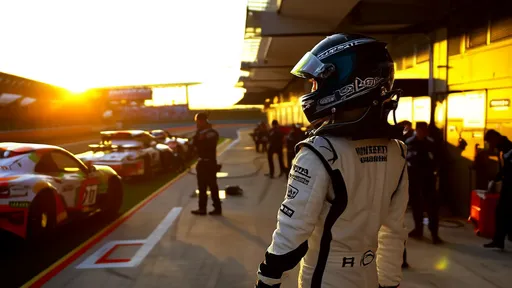
By /Jun 14, 2025
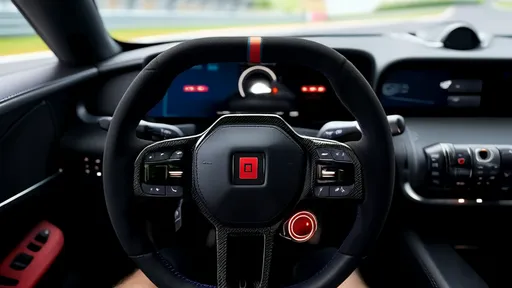
By /Jun 14, 2025
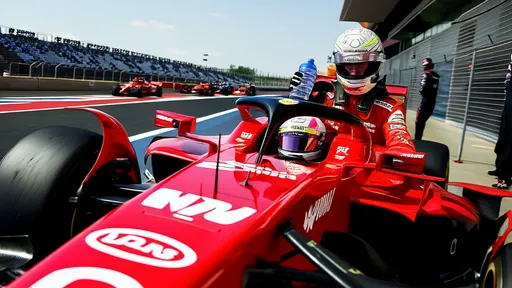
By /Jun 14, 2025
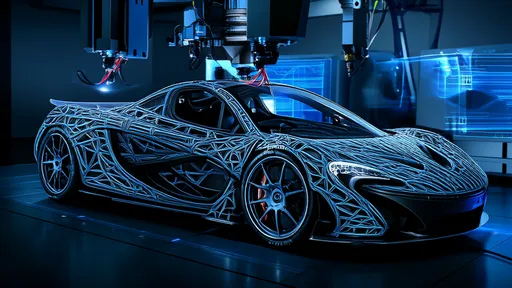
By /Jun 14, 2025
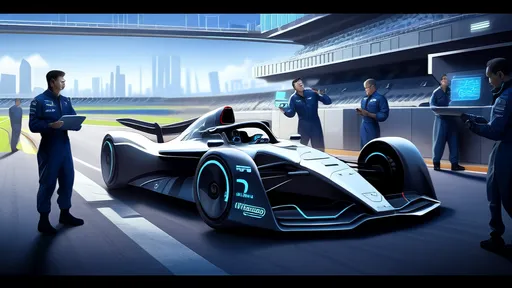
By /Jun 14, 2025

By /Jun 14, 2025
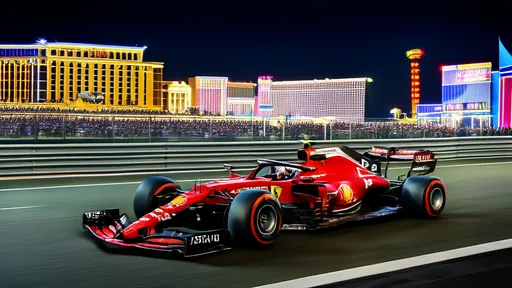
By /Jun 14, 2025

By /Jun 14, 2025

By /Jun 14, 2025
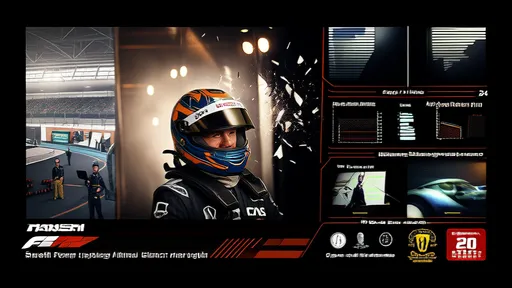
By /Jun 14, 2025
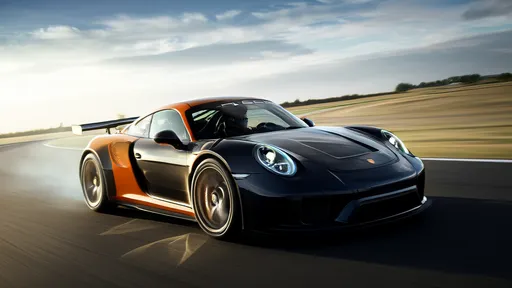
By /Jun 14, 2025
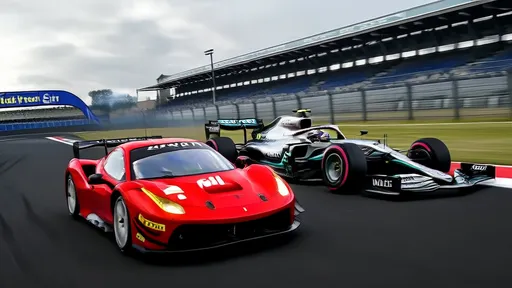
By /Jun 14, 2025
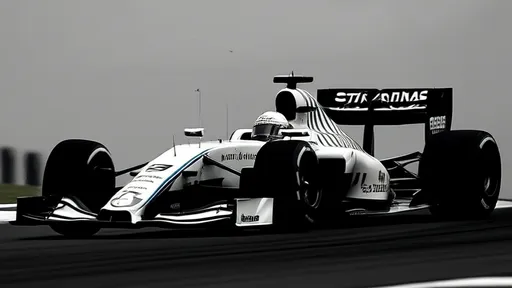
By /Jun 14, 2025
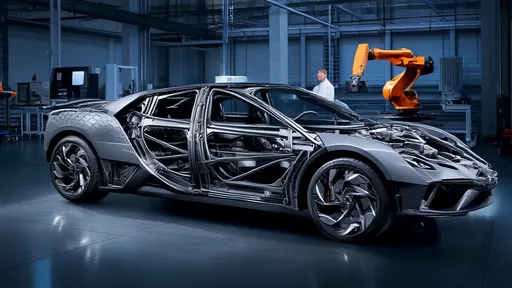
By /Jun 14, 2025

By /Jun 14, 2025

By /Jun 14, 2025
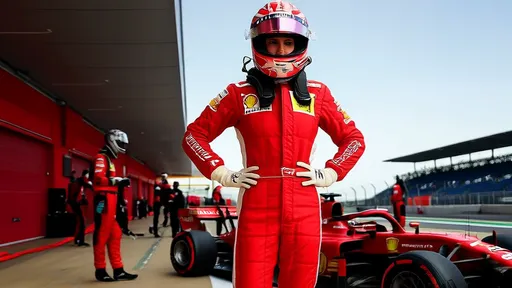
By /Jun 14, 2025